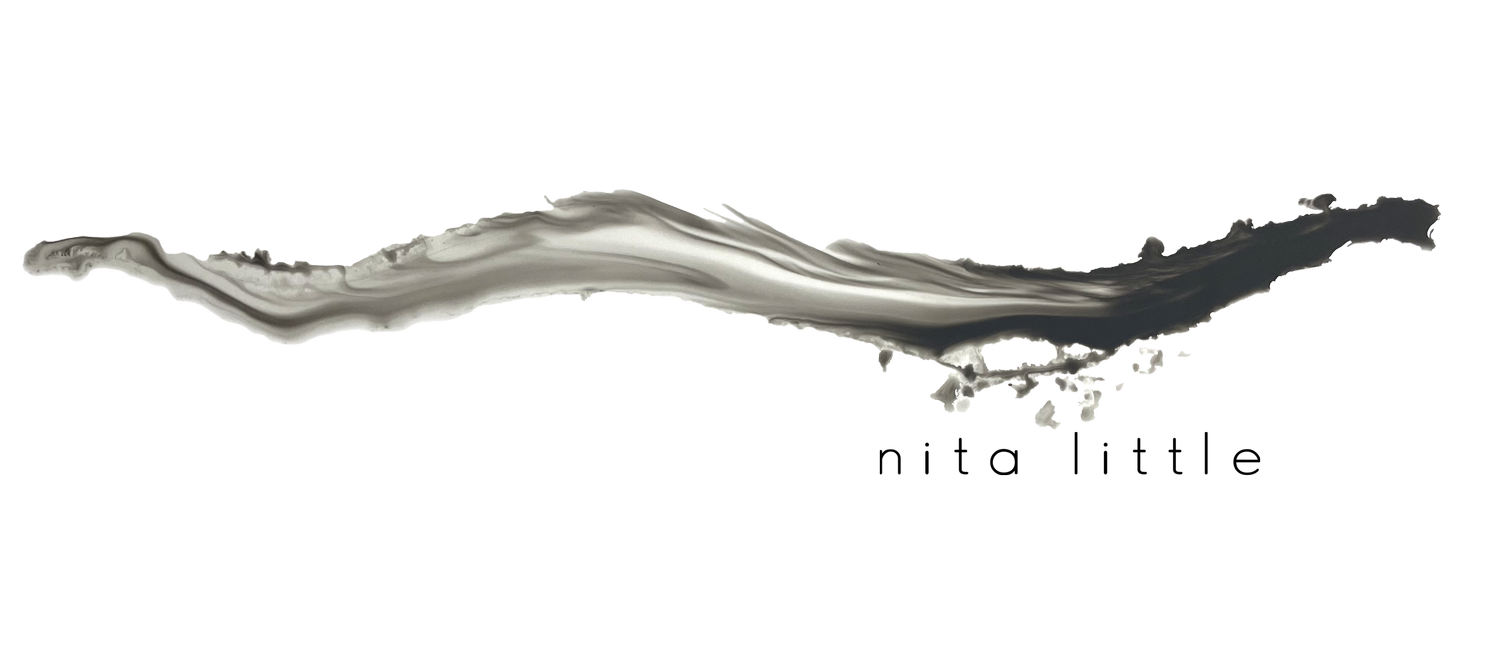January Asides
What "Matters"?
I wish to consider the contradiction in our thinking about what matters. I must point out first, that not much seems to matter in this particular, late capitalist society, in which consumerism reigns, and “things” are mere stuff. Conversely, “things” matter too much, from the cost of food to the consequences of the climate crisis, and so we find ourselves overwhelmed with matters. How do we get mattering right?
First let’s consider the concept. The word “matter” was used in c.1200 Anglo-French as matere, “the subject of a mental act or a course of thought, speech, or expression.” It derived from the earlier Latin materia, which was, “the substance from which something is made”– think of wood. This form of the word developed and expanded from Greek through Aristotle’s use of the idea of wood in a philosophical turn, to think of matter and the material world. The word has evolved in its use to where I can now say this is “what matters” and mean something of importance, of consequence.
When I say an action matters, it is because of what it makes happen relationally in the world. If I ask dancers to make their actions matter, then they need to consider the functional consequences of their movement by asking what it is their action is doing. But, could movement even have functional consequences or importance? Certainly. Absolutely! But the world would not know so, could not think so, at this historical moment. Why? Because it is moving too fast so that nothing matters, least of all movement. Movement is simply another form of consumption.
Actions, our thoughts, and the world we compose come together in a congruent form – what we do in one arena we seem to do in all. Living in this consumer-based society (and I am speaking baldly of the USA), “things” are consumed, eaten, if not devoured, but without pleasure, awareness or enjoyment. Actions are made without clarity, attunement or significance. And thoughts, while rampant, even profuse, are had without purpose, detail, or care. And we won’t even go into feelings because there is far too much to say!
How could we know the consequence of things we do not take the time to know? Time to savor. Time to touch, feel and experience the co-creation of our relations. Time to listen, understand and know. Time is essential.
What is the speed of your attention? If you want to get matters right, you must slow to this speed in your actions, in your thinking, and in your relating.
Douglas Harper, 2019, The Etymology Dictionary, https://www.etymonline.com/word/matter.
Movement Matters!
When your movement matters it acts on the world, changing the spaces, the places, the beings and the things around it. Think of a simple action, bowing your head. If you bow to another person, a relationship is produced through the simple act of changing one’s vertical relationship, top of the head toward the person, place or object. If you bow to a statue, the statue now has changed in its significance within the space of a place and to whomever may have seen the action. It now has an aura of mattering, of significance. While a bow has social significance already in the first place, this explanation seems obvious. Yet, now, lift a hand toward the ceiling palm open and upward with the same curiosity about significance as you bowed and you realize, the mattering rests with you. You are the conveyor of presence.
There is a danger here because making movement matter could possibly bare a resemblance to movement practices of the modern dance era in which dance movement was often made to have emotional values, values of expression, so that it could be interpreted – think of Oedipus in Martha Graham’s Night Journey, of José Limón’s Moors Pavane. Post Modernists rejected this work and simply wanted dance to be what it was – movement for movement sake – a walk across a stage, pushing a broom (David Gordon), or Merce Cunningham stripping movement down by adding nothing. Movement itself is enough. When this happens, culture itself starts to rear it’s head and we see what has been hidden from view, inadvertent role making, gendered actions … or not … fodder for lots of social commentary. Contact Improvisation lands here, in this opening in which we might understand the mechanics of weight exchange and bodily shapes and abilities, the physics of physicality. But also here are exposed relations with the earth and one another. Here we begin to see the value of presence.
How do we make movement matter? We attend physically to it through practices of recognition that open our embodied states so that our mind takes space. We understand that where our body goes, our mind can go and where our mind goes, we can take our body in the form of our tactility, our proprioception, and the other actions of feeling presence. Mattering is a kind of stripping down that takes the relationship into account and notices how presence itself changes everything. Making movement matter could be one of a dancer’s most thought provoking practices. It’s eye opening. Yet, have we fully figured out mattering? I think not. I think that is yet to come.
See Walter Benjamin’s 1935 essay, The Work of Art in the Age of Mechanical Reproduction
Excerpt from Nita Little’s Monthly Newsletter
